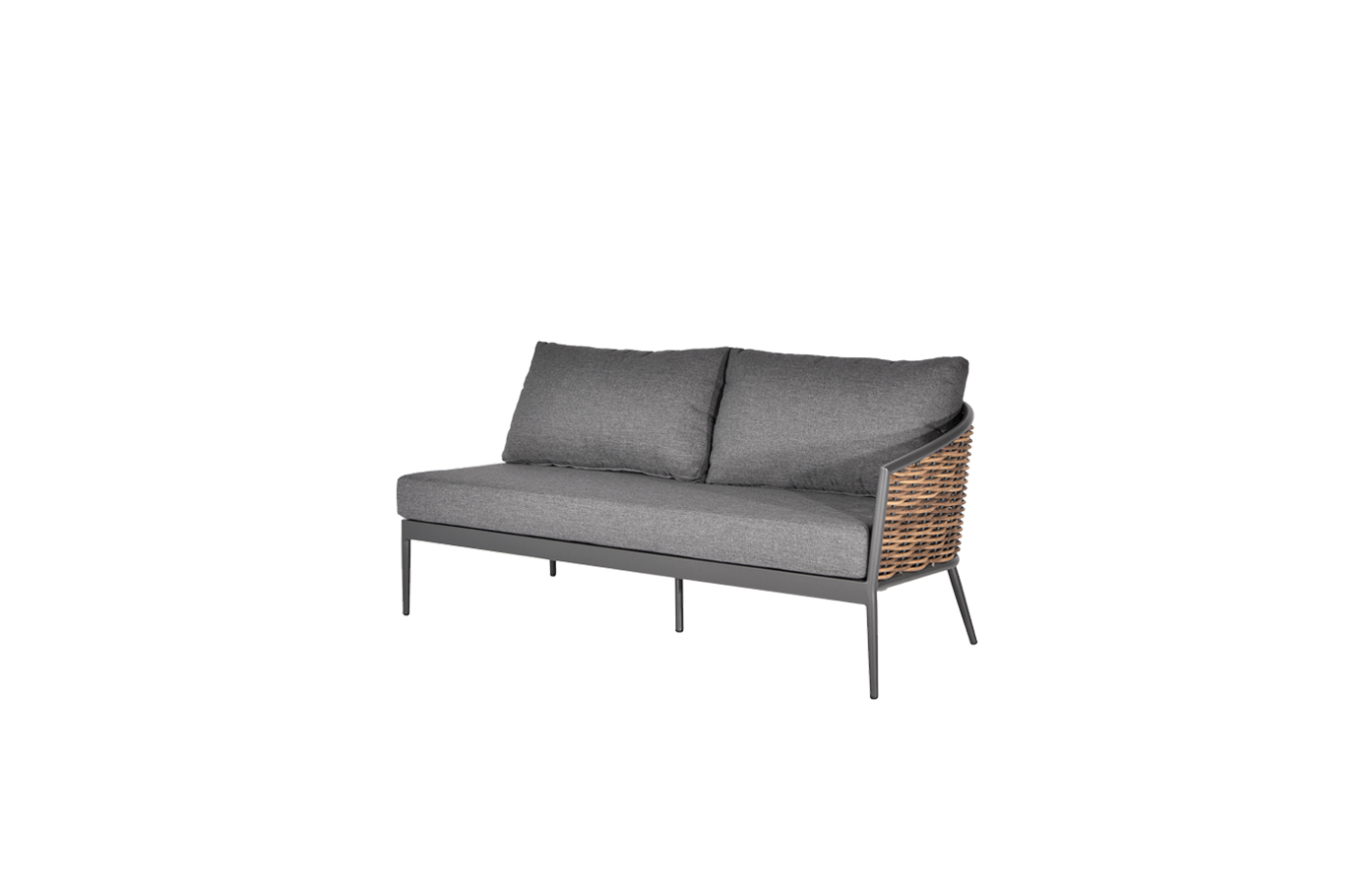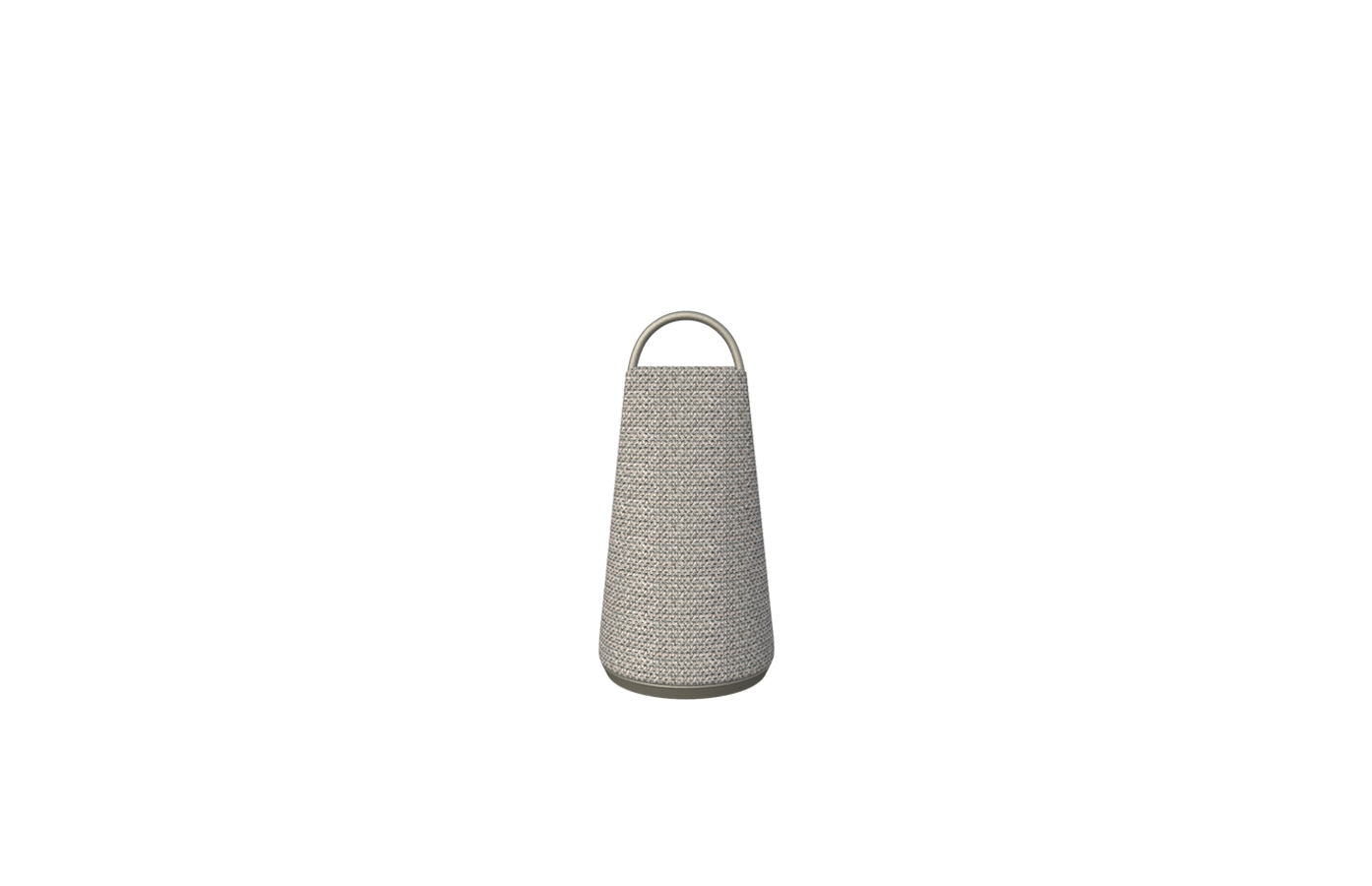In today’s modern age, working entails more than just completing tasks and meeting deadlines. It’s a holistic experience that involves considering many factors to maximize comfort and efficiency. Among these factors are the workplace’s physical attributes, specifically the table and chair used in the workspace.
As studies have shown, the quality of a person’s workspace can significantly affect their productivity, creativity, and mental well-being. Choosing the right table and chair for a workspace setting can help ensure these factors are optimized.
Table and Chair Ergonomics
Ergonomics plays a major role in selecting a suitable table and chair. Ergonomic design refers to objects that are specifically devised to cater to the needs of the user, reducing stress, injury, and discomfort.
In workspace environments, it is important to prioritize ergonomics as people spend a significant amount of time seated in front of a computer or desk. The goal is to improve the user’s posture and reduce strain on their body, increasing work efficiency and promoting overall well-being.
Table and Chair Height
One crucial aspect of ergonomic design is finding the correct table and chair height. The correct height ensures that the user can maintain a comfortable sitting posture and easily see what they are working on without craning their neck or straining their eyes.
The standard height for chairs is approximately 16 to 18 inches from the floor to the seat. Getting a chair that’s adjustable in height is ideal for people who have a unique body build. An adjustable height chair can also be lowered or raised to match the user’s table height.
Table height should be measured according to the user’s elbow height when seated. The ideal table height ranges from 27 to 30 inches from the floor. However, in standing work environments, the height should be adjusted to allow the user to maintain a relaxed and slightly bent elbow posture.

Maximizing Comfort and Efficiency: The Importance of Choosing the Right Table and Chair for Workspace Settings
Table and Chair Materials
In addition to ergonomics, selecting the right materials for the table and chair also plays a significant role in user comfort and workspace aesthetics. Some materials tend to deteriorate with extended use, while others remain high-quality over time, making them more durable and long-lasting.
For instance, metal chairs tend to be sturdy, while wooden chairs offer a more natural look and feel. A well-designed table can match the user’s style and preference, be it formal or contemporary.
Moreover, the table’s material can affect its stability and robustness. Tables with strong internal support can withstand more loads and pressure, making them more reliable in the long run. In contrast, tables with a weaker support system may wobble over time.

Maximizing Comfort and Efficiency: The Importance of Choosing the Right Table and Chair for Workspace Settings

Maximizing Comfort and Efficiency: The Importance of Choosing the Right Table and Chair for Workspace Settings
Table and Chair Styles
The style and design of a table and chair can contribute to an attractive workspace ambiance. Aesthetics play a critical role in creating a pleasant and vibrant workspace. The choice of style impacts the overall presentation and can improve an office’s atmosphere’s overall appeal.
For example, classic wood tables may appear more upscale and sophisticated, while a minimalist and clean-lined design style may reflect modernity and efficiency.
Conclusion
Working in any office environment involves spending a considerable amount of time sitting on a chair and using a computer on a table. As such, it is important to select the correct table and chair that best suits a workspace environment.
Comfort, ergonomics, functionality, and design must be considered when selecting a table and chair. Non-ergonomic chairs or tables can lead to stress and discomfort, adversely affecting the user’s mental health, reducing productivity, and eventually result in poor work satisfaction.
Therefore, taking the time to select the right table and chair for a workspace can increase work efficiency, promote employee satisfaction while supporting the ideal work-life balance. Patio Chair



